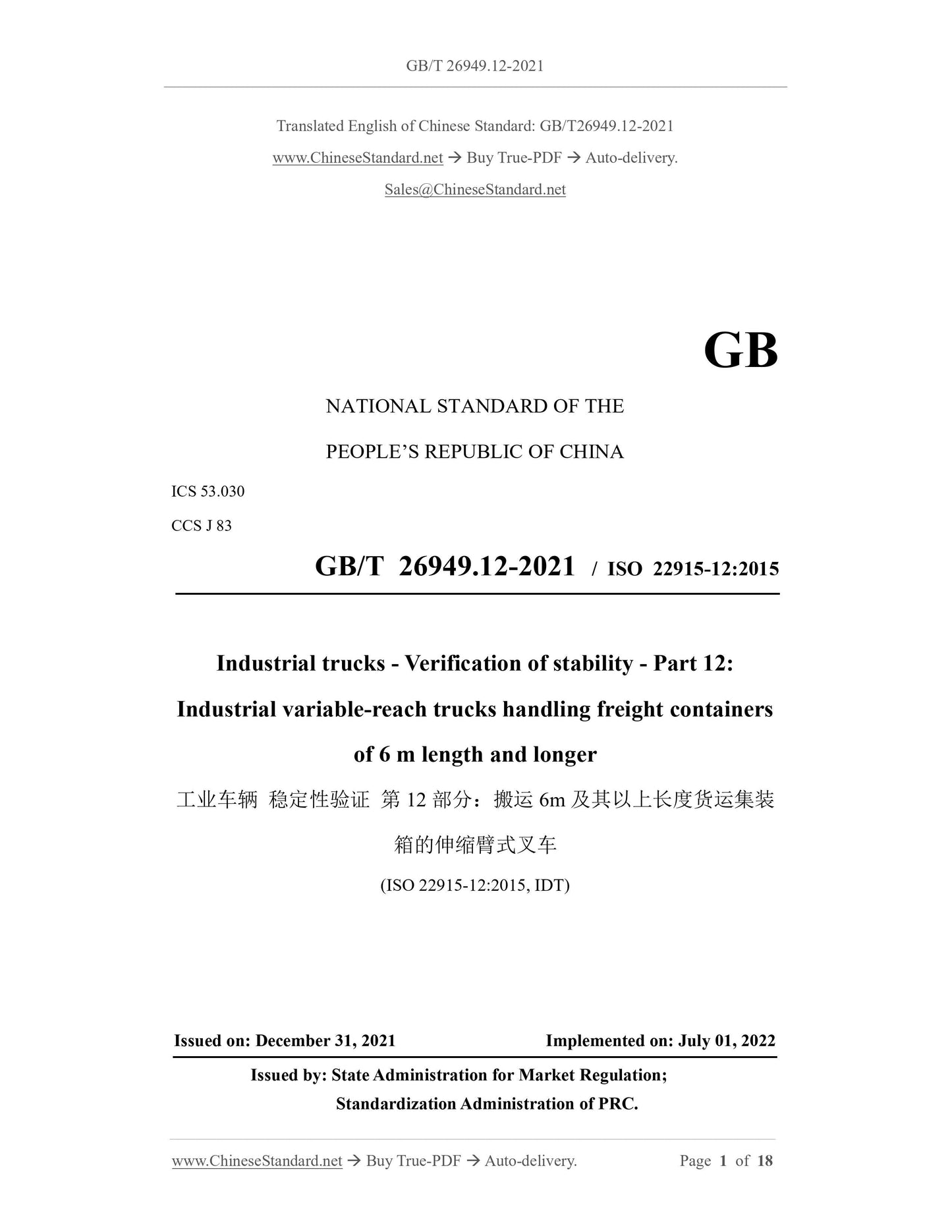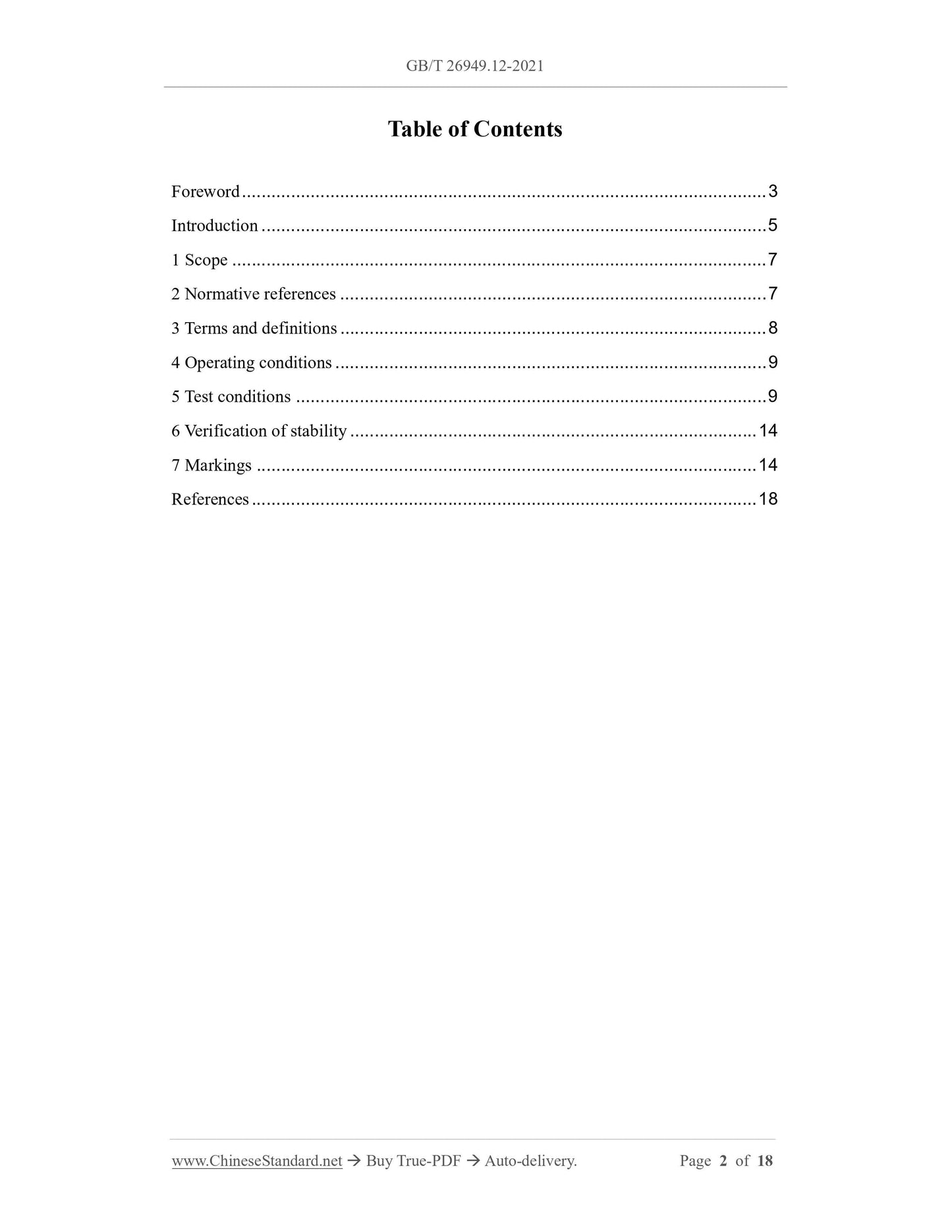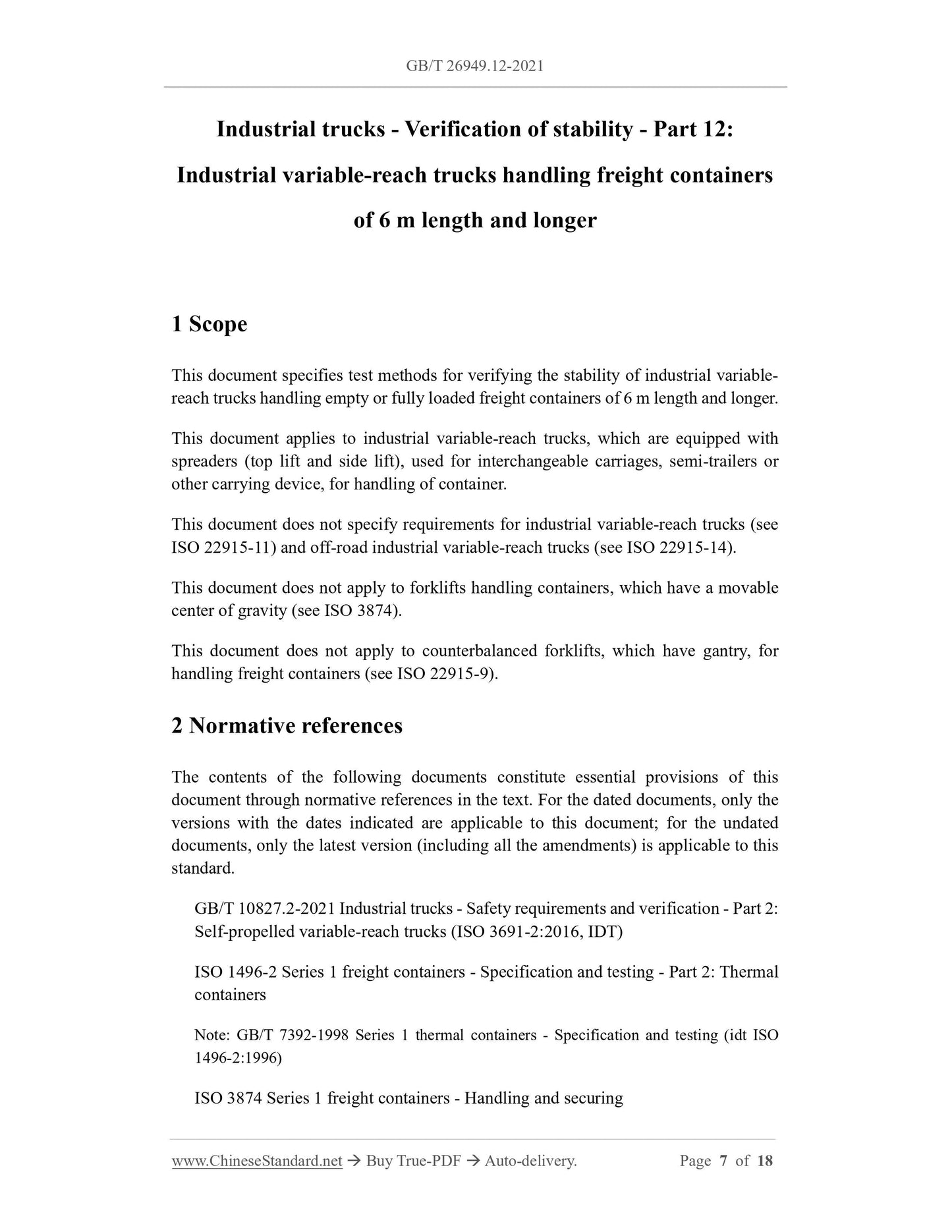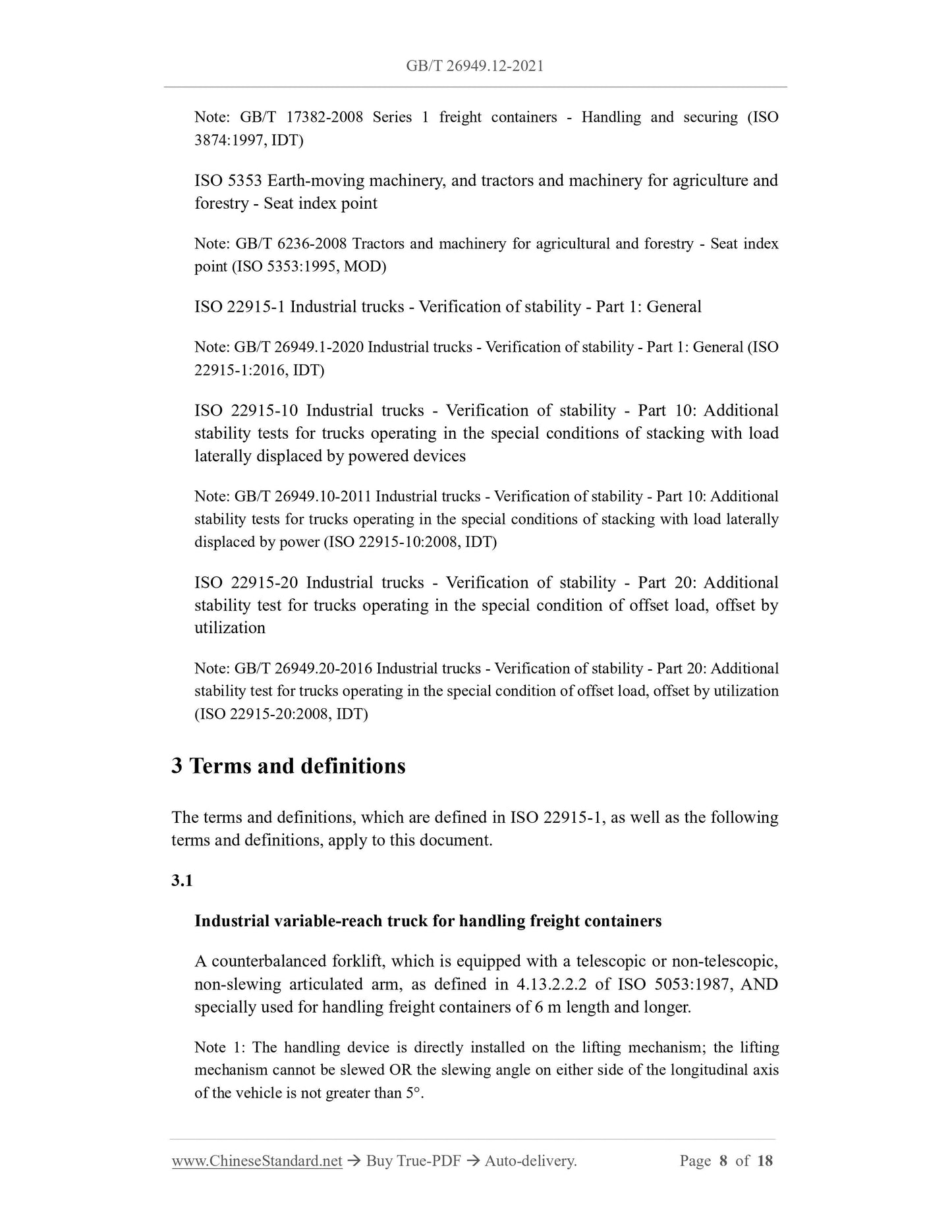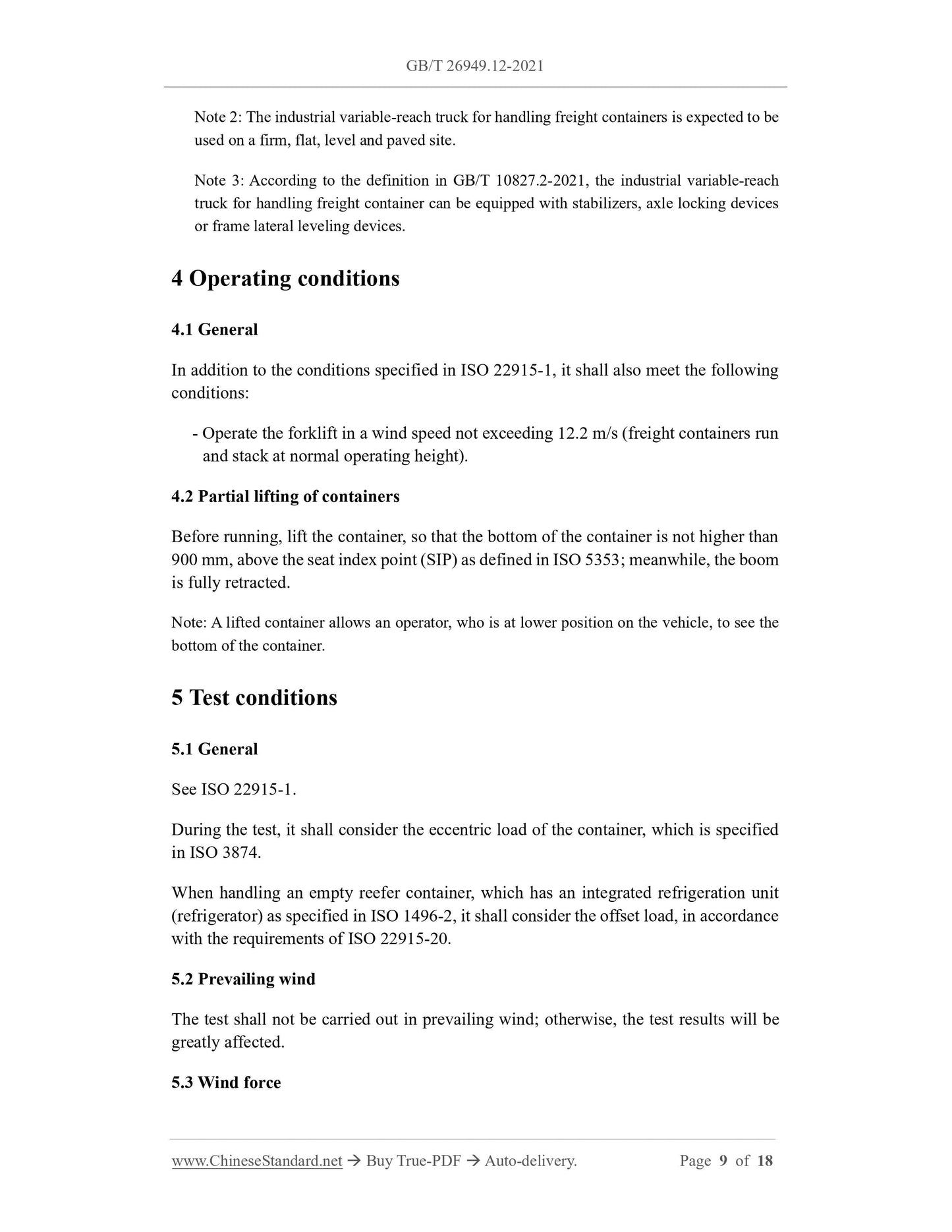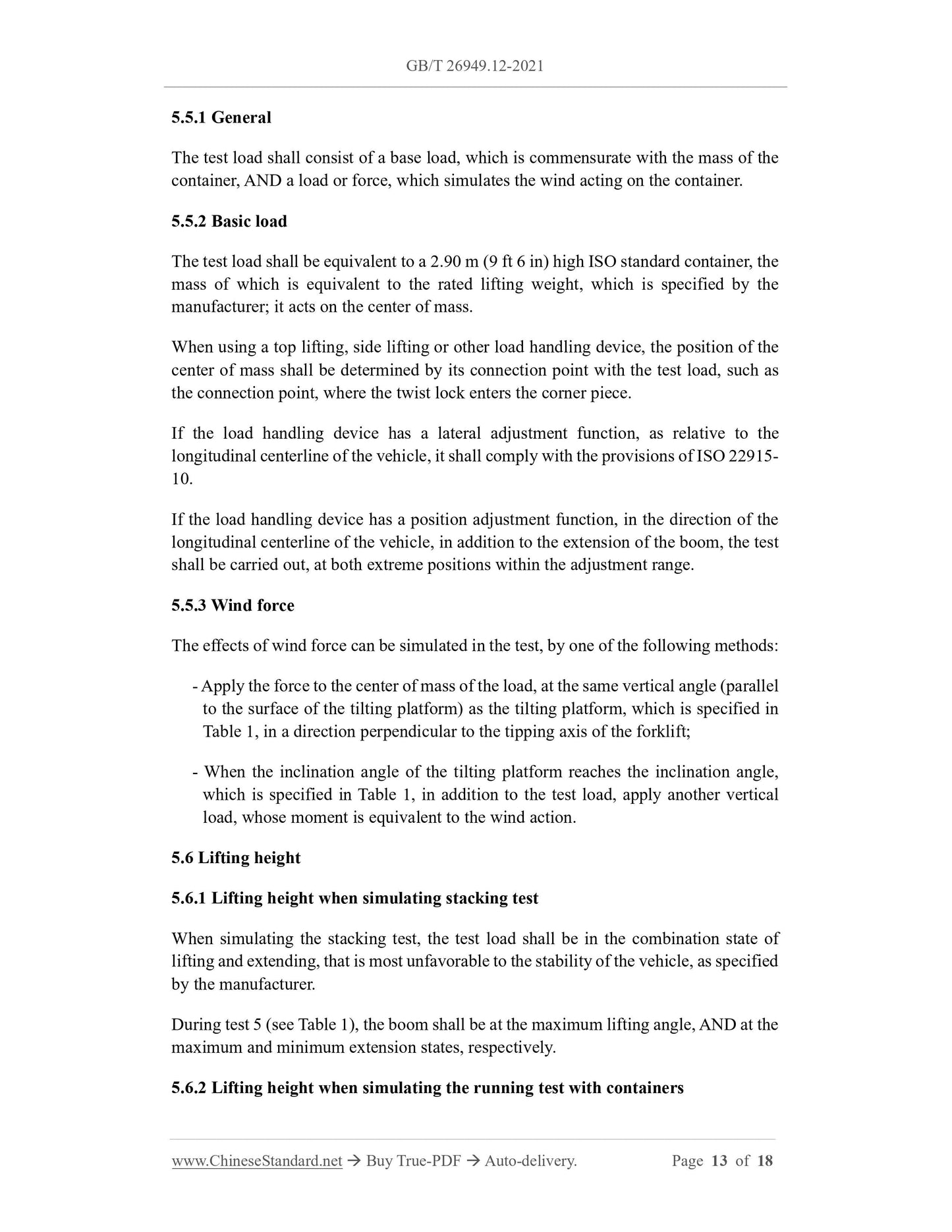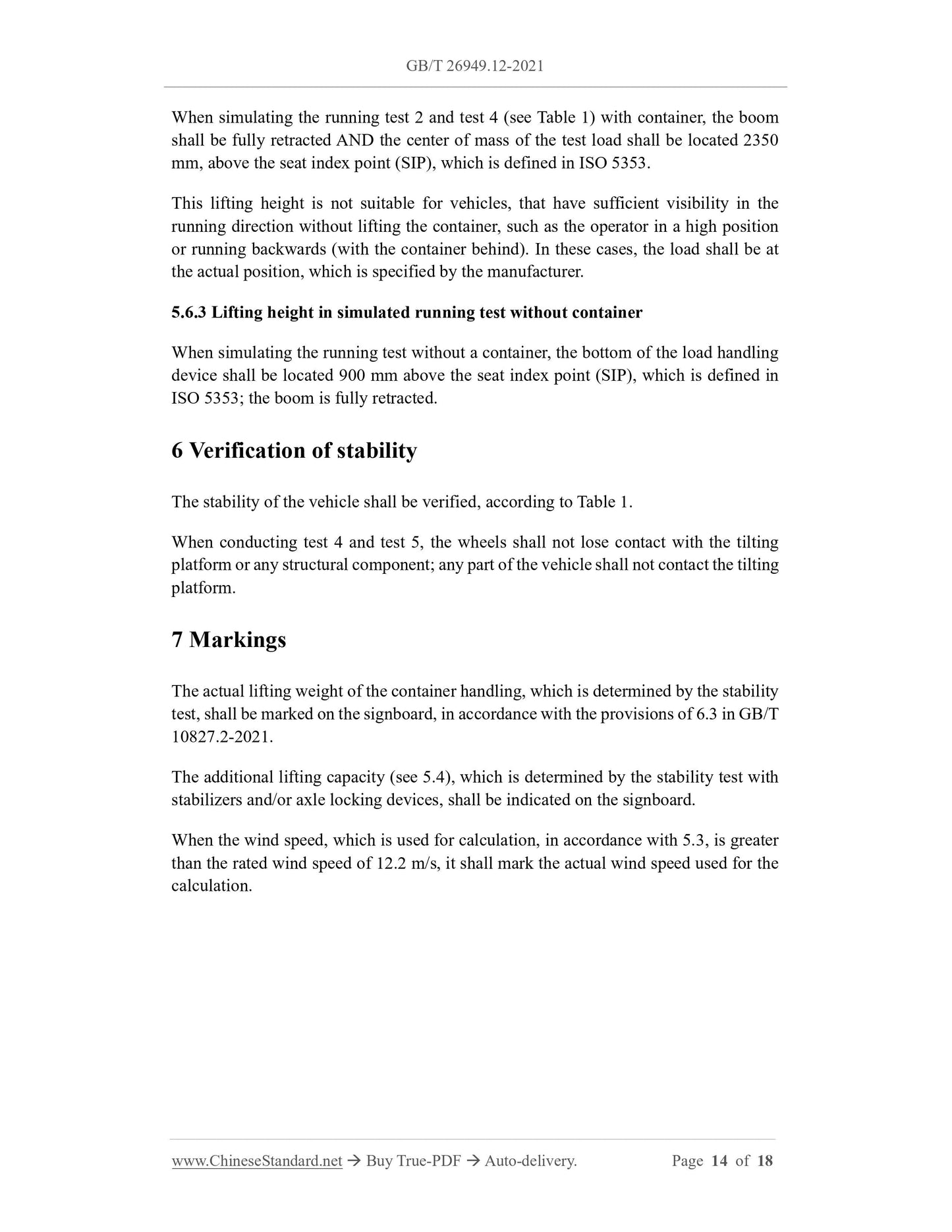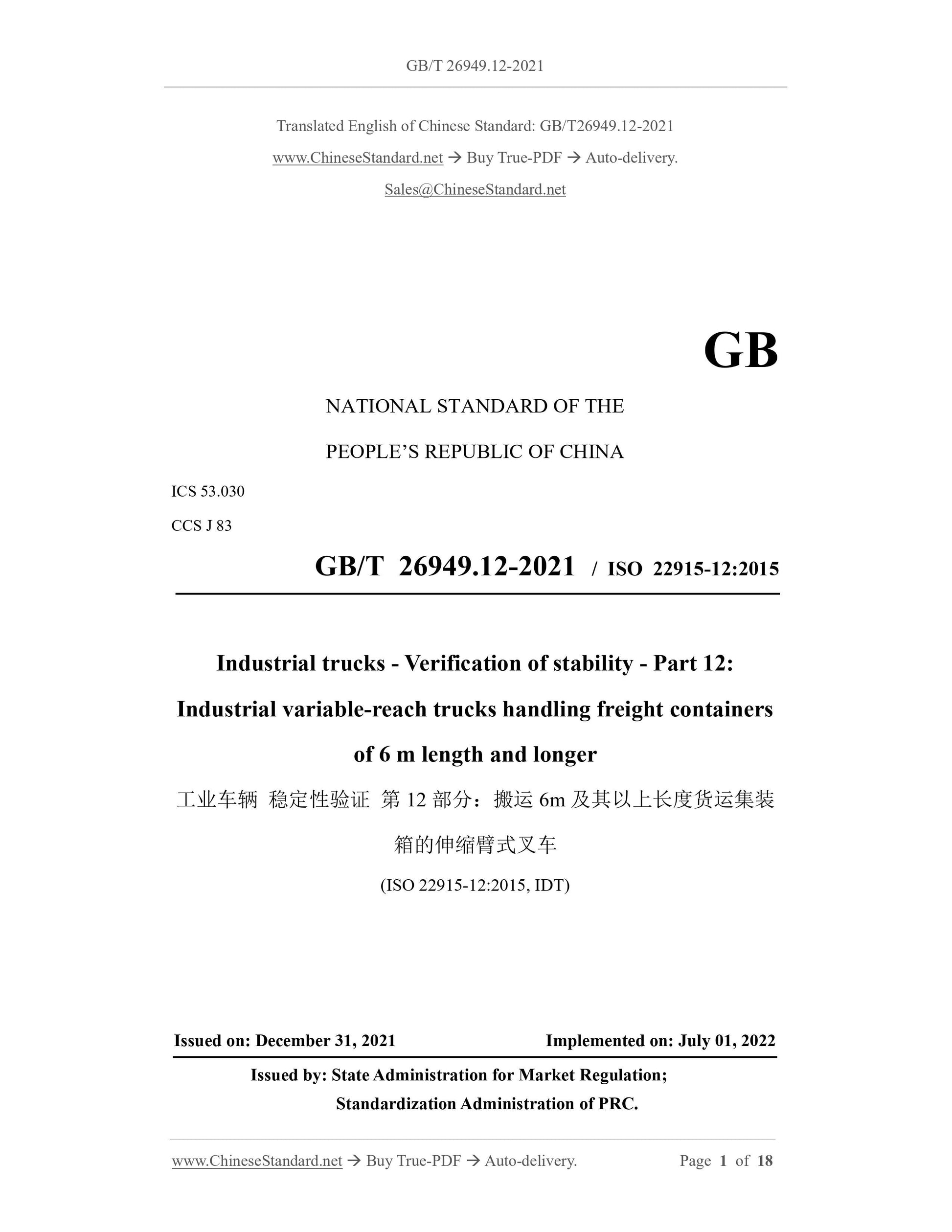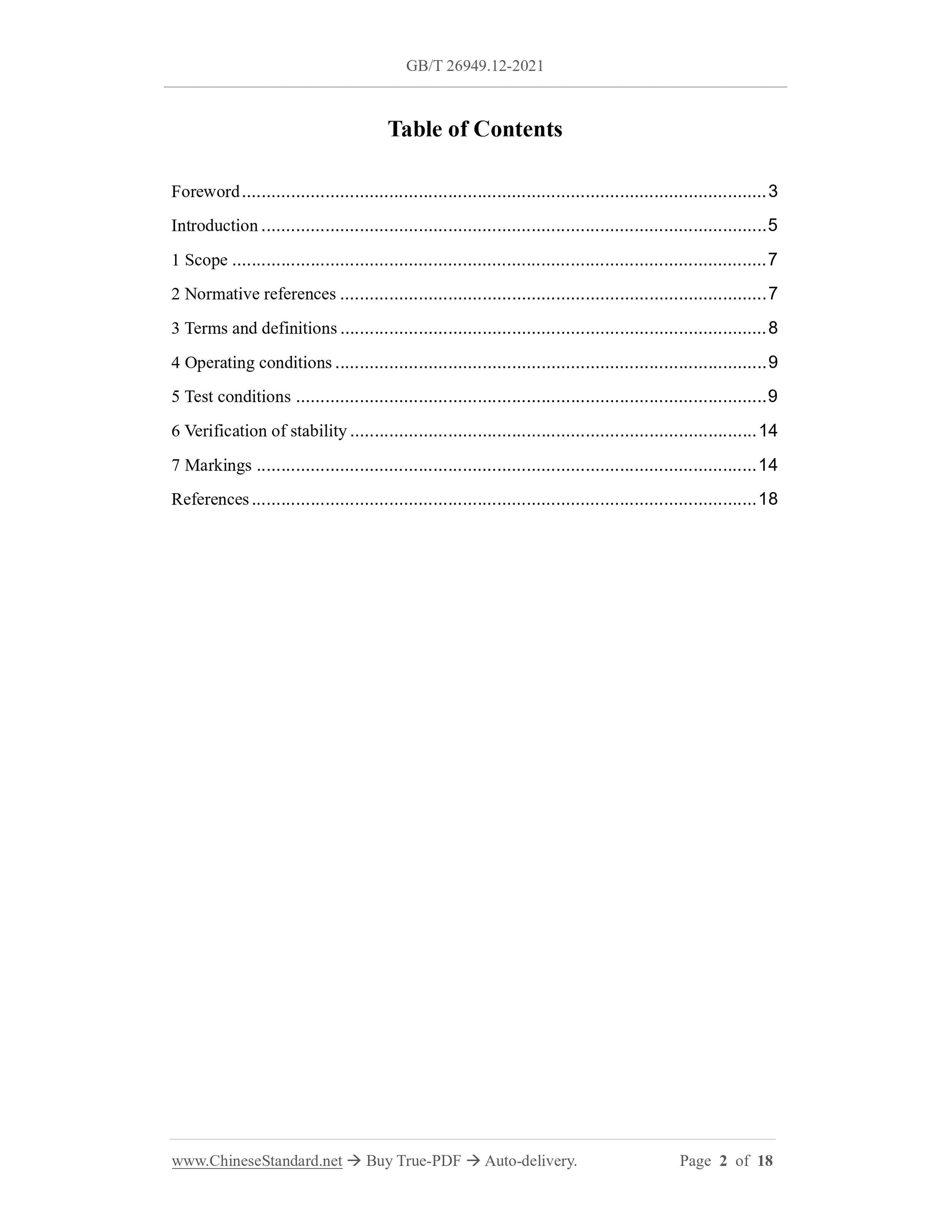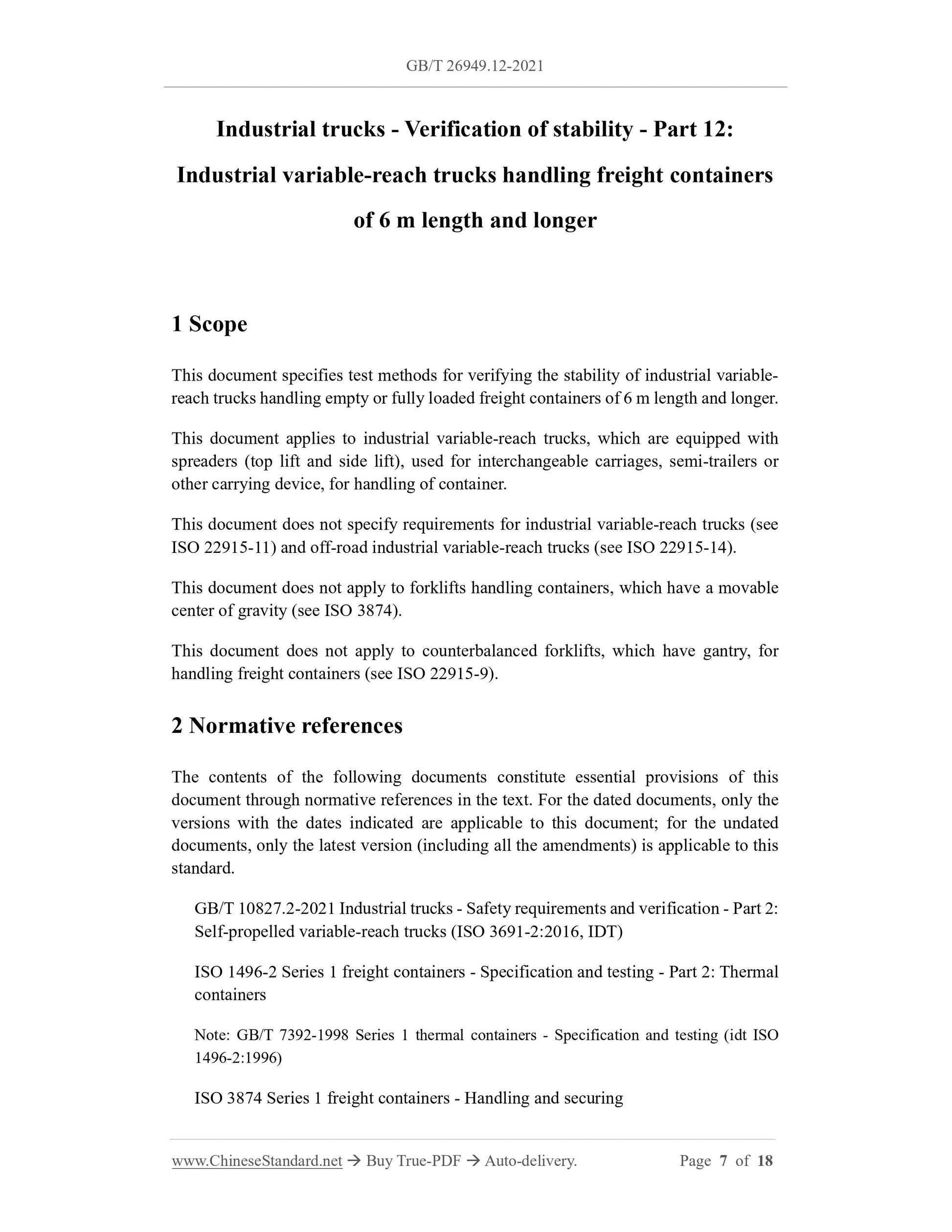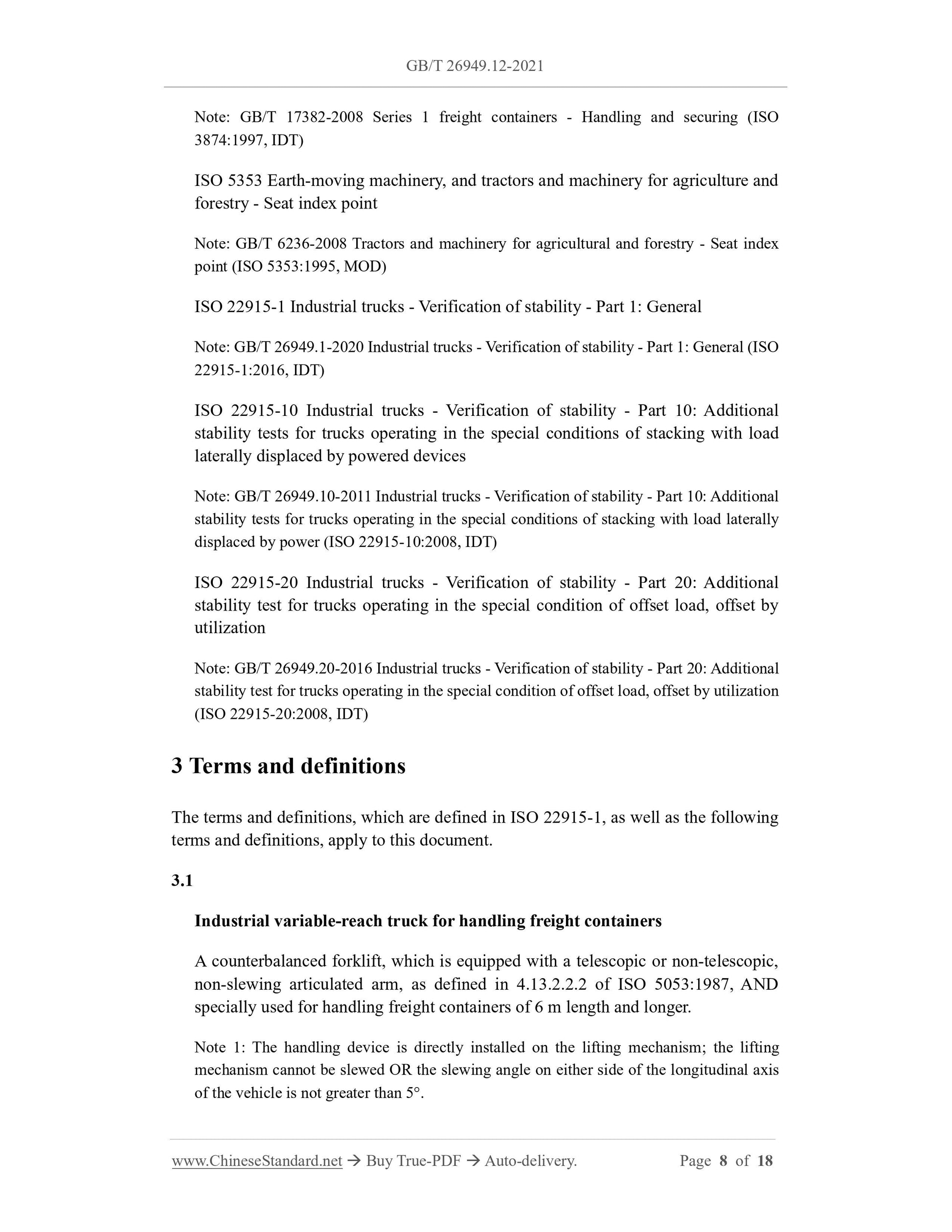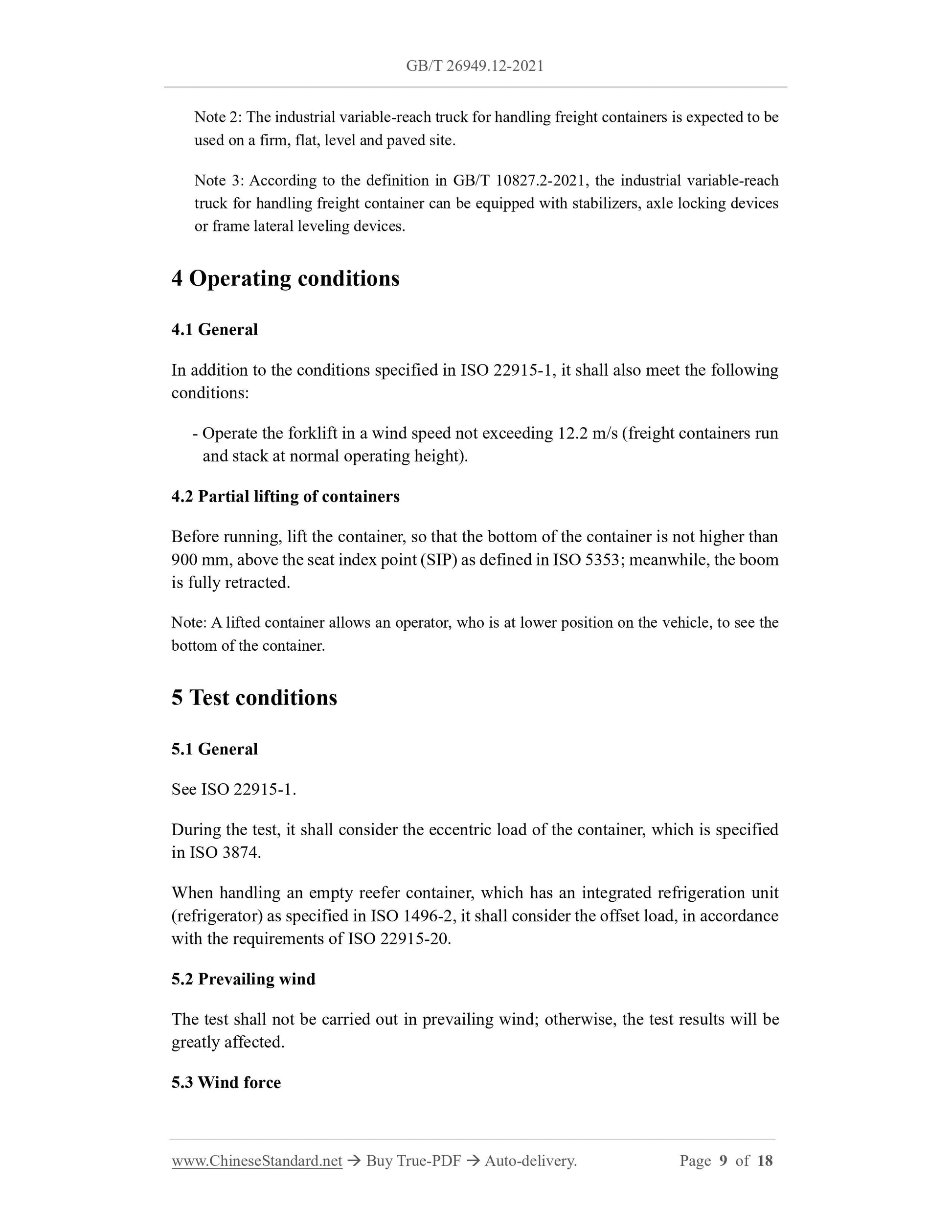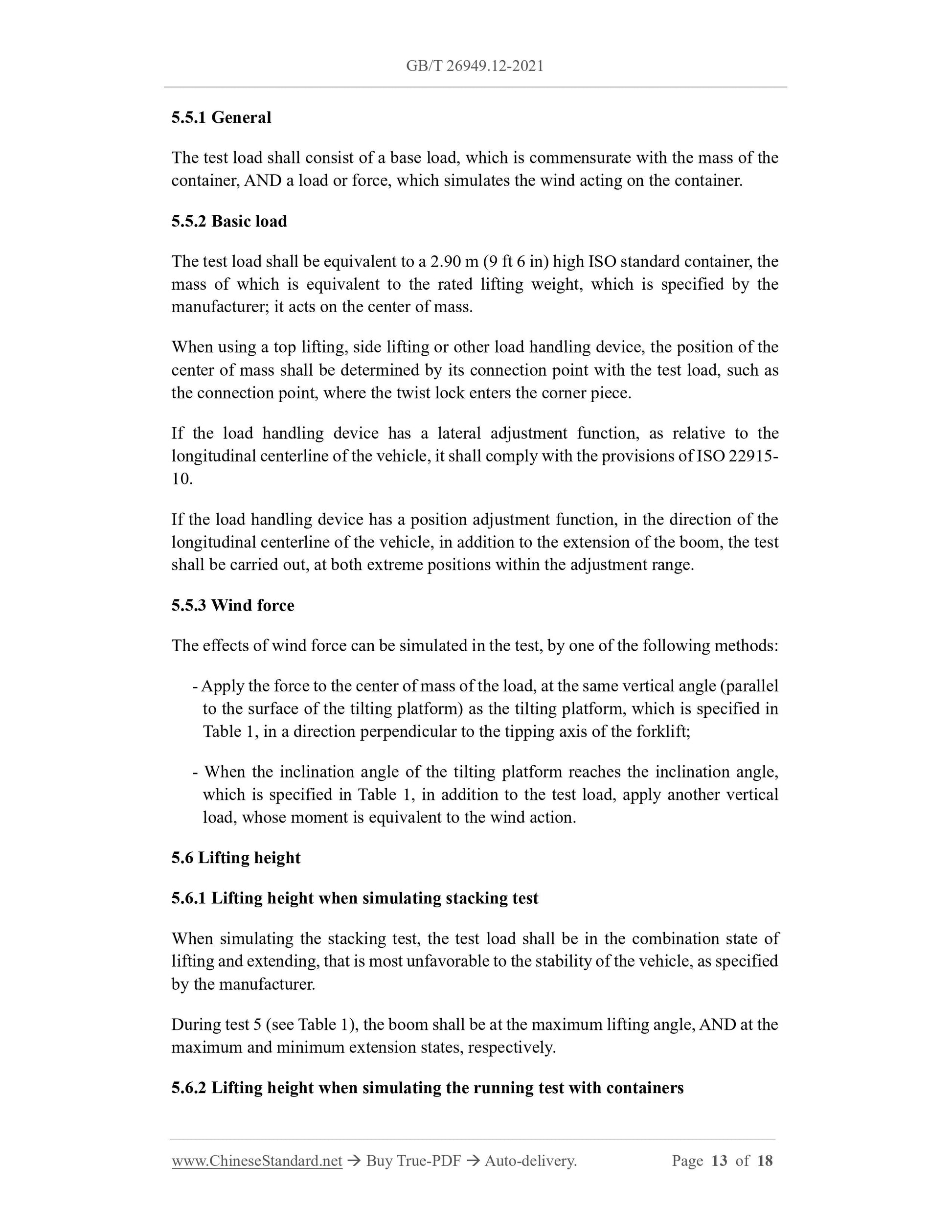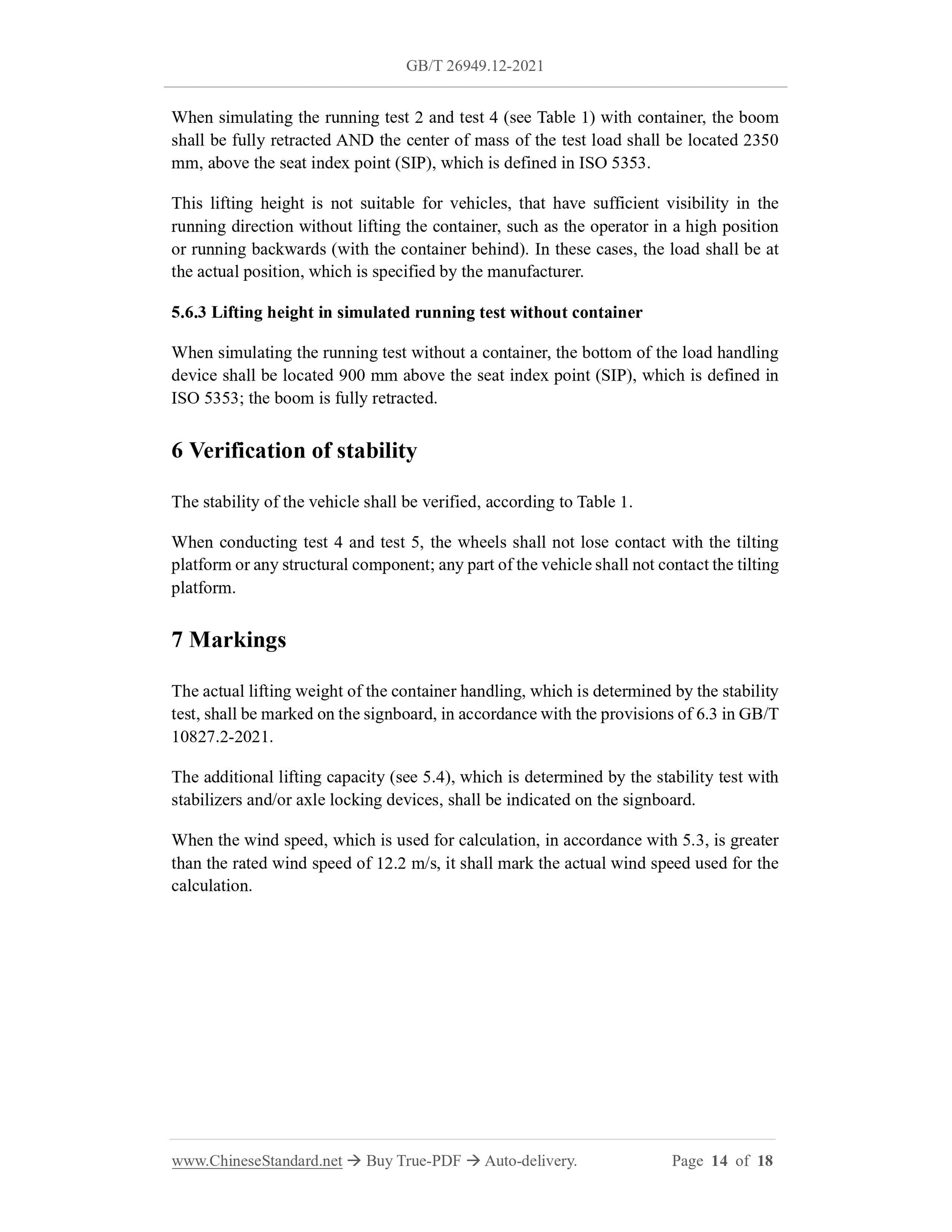1
/
of
7
www.ChineseStandard.us -- Field Test Asia Pte. Ltd.
GB/T 26949.12-2021 English PDF (GB/T26949.12-2021)
GB/T 26949.12-2021 English PDF (GB/T26949.12-2021)
Regular price
$230.00
Regular price
Sale price
$230.00
Unit price
/
per
Shipping calculated at checkout.
Couldn't load pickup availability
GB/T 26949.12-2021: Industrial trucks - Verification of stability - Part 12: Industrial variable-reach trucks handling freight containers of 6 m length and longer
Delivery: 9 seconds. Download (and Email) true-PDF + Invoice.Get Quotation: Click GB/T 26949.12-2021 (Self-service in 1-minute)
Newer / historical versions: GB/T 26949.12-2021
Preview True-PDF
Scope
This document specifies test methods for verifying the stability of industrial variable-reach trucks handling empty or fully loaded freight containers of 6 m length and longer.
This document applies to industrial variable-reach trucks, which are equipped with
spreaders (top lift and side lift), used for interchangeable carriages, semi-trailers or
other carrying device, for handling of container.
This document does not specify requirements for industrial variable-reach trucks (see
ISO 22915-11) and off-road industrial variable-reach trucks (see ISO 22915-14).
This document does not apply to forklifts handling containers, which have a movable
center of gravity (see ISO 3874).
This document does not apply to counterbalanced forklifts, which have gantry, for
handling freight containers (see ISO 22915-9).
Basic Data
| Standard ID | GB/T 26949.12-2021 (GB/T26949.12-2021) |
| Description (Translated English) | Industrial trucks - Verification of stability - Part 12: Industrial variable-reach trucks handling freight containers of 6 m length and longer |
| Sector / Industry | National Standard (Recommended) |
| Classification of Chinese Standard | J83 |
| Word Count Estimation | 12,170 |
| Issuing agency(ies) | State Administration for Market Regulation, China National Standardization Administration |
Share
